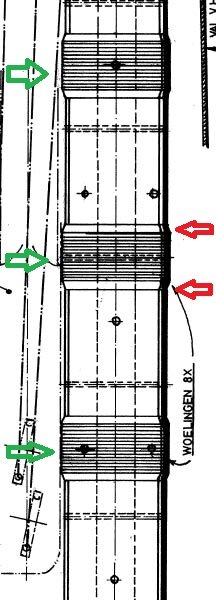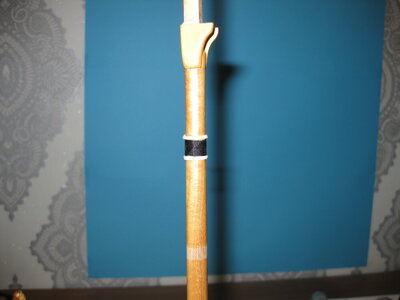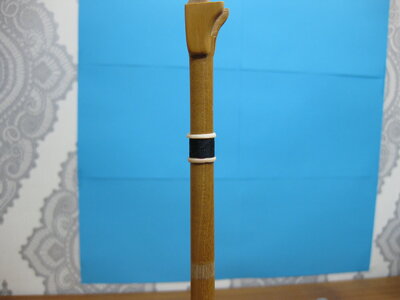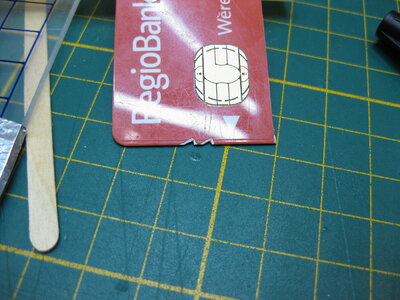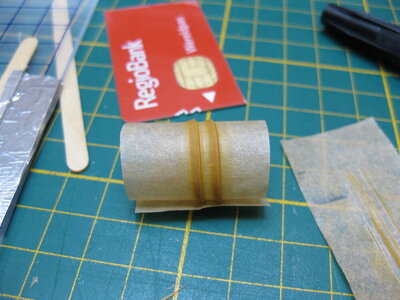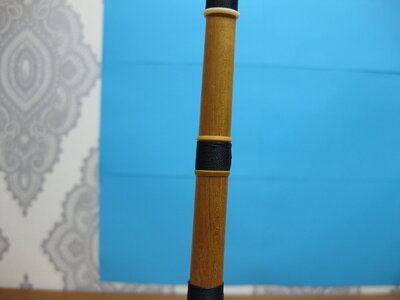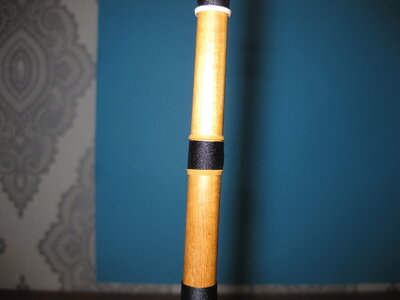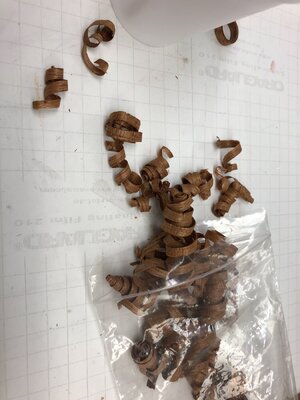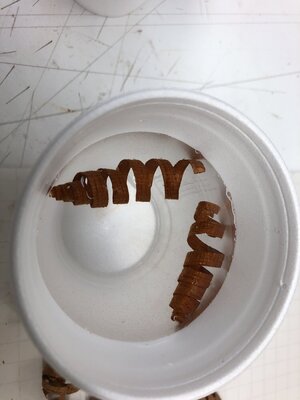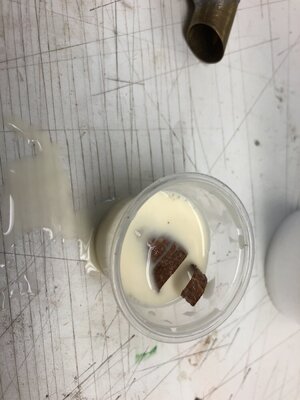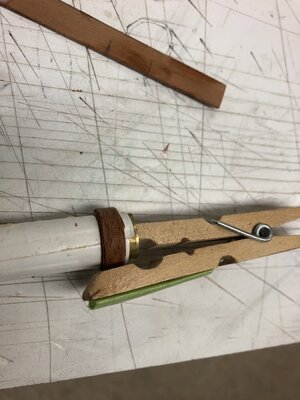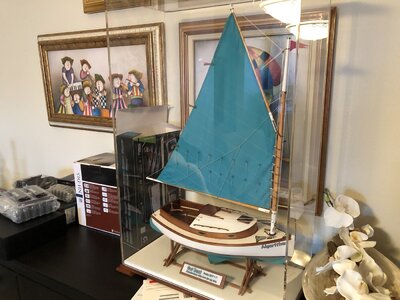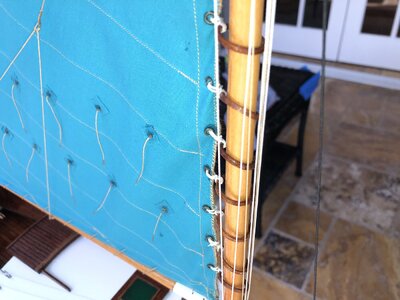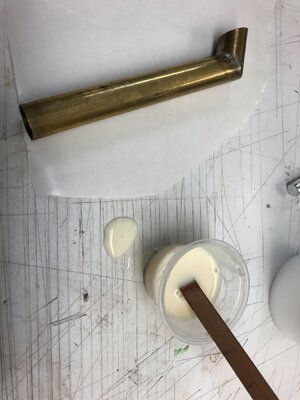Hello, Steef66
Hello Vic and all
* Wooldings (Wuhhings; Rousture)
Ropes bound tightly around the mast were known as wooldings; they were intended to help strengthen the lower mast. Their number on the mast differed according to the ship's size. Steel recommended eleven on the mainmast for large ships and nine for Frigates. Other sources speak of between six and nine.
Steele also specified that each woolding should consist of thirteen tightly wound turns, with each turn nailed to the mast. To prevent them from cutting into the woolding, the nail heads were underlaid with pieces of leather.
Timber hoops1/1.2 in wide were usually fitted above and below the woolding, nailed to the mast, and slightly greater in thickness than the woolding rope. Mizzen masts were fitted with wooldings after 1730, normally two fewer than on the foremast, but the mizzen mats of small ships remained without wooldings or iron hoops until the end of the century. Some large ships may have been fitted with mizzen mast wooldings by 1700 or even earlier.
Strong iron hoops were driven on to strengthen the mast structure. These Iron hoops came in to use mainly in the second half of the century, at first together with mast wooldings. After 1800 wooldings were no longer used.
During the first half of the Century, iron hoops were only used on the masthead, and the mast itself was strengthened by wooldings. Some models of the large ships from before 1750, however, provide evidence of some use of iron hoops on the masts as well, either in place of or together with wooldings.

